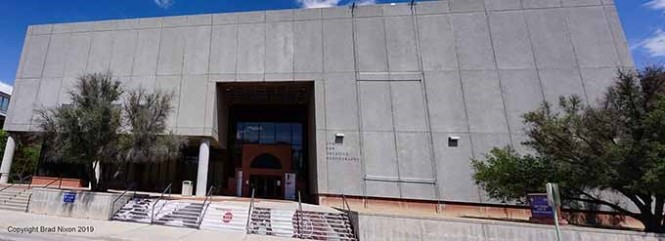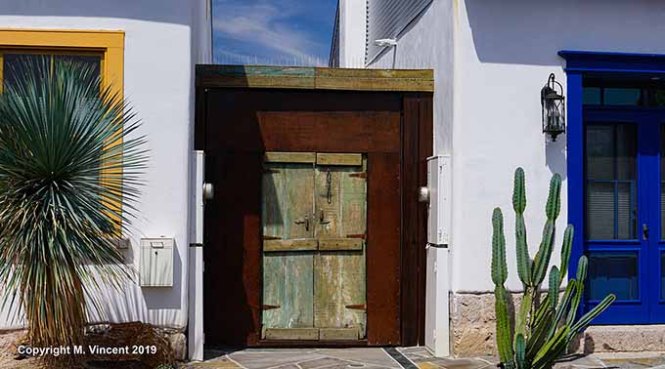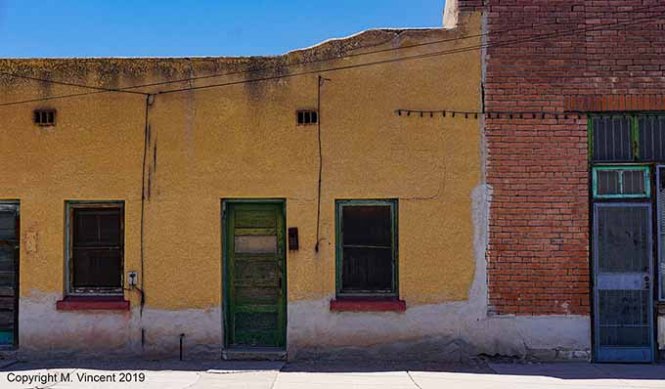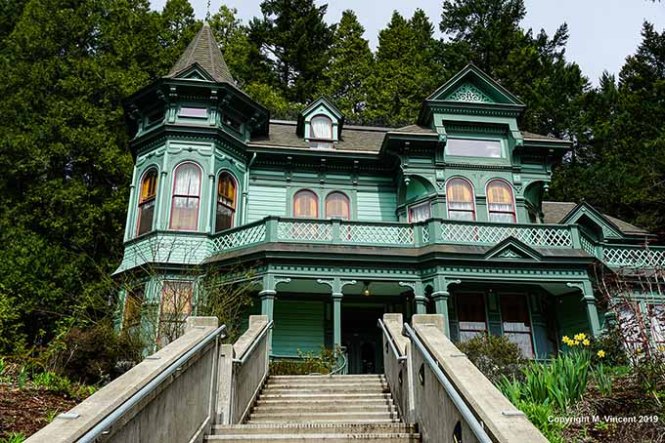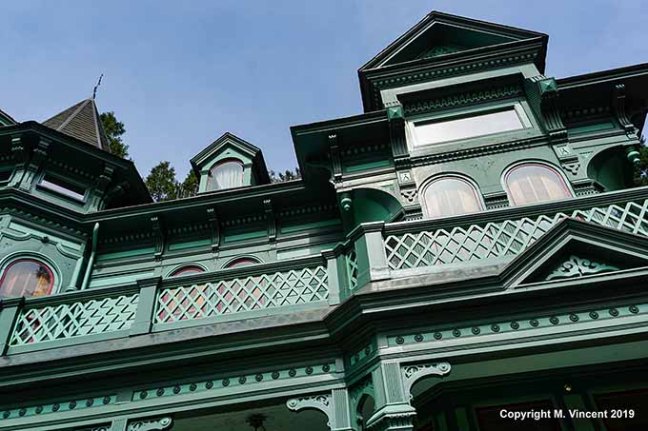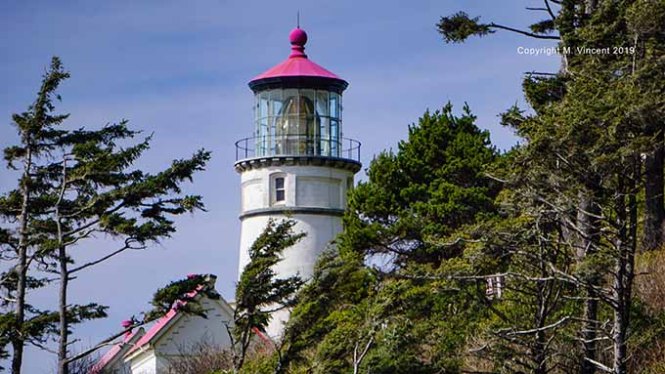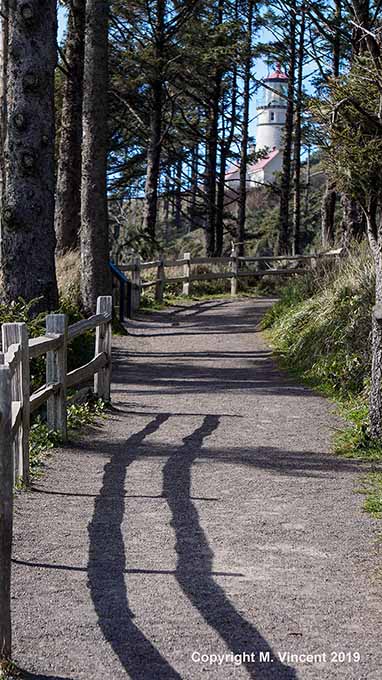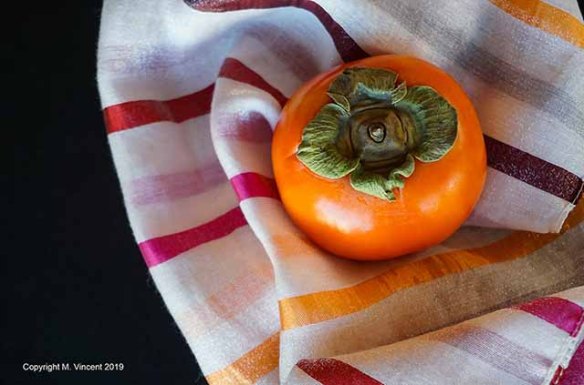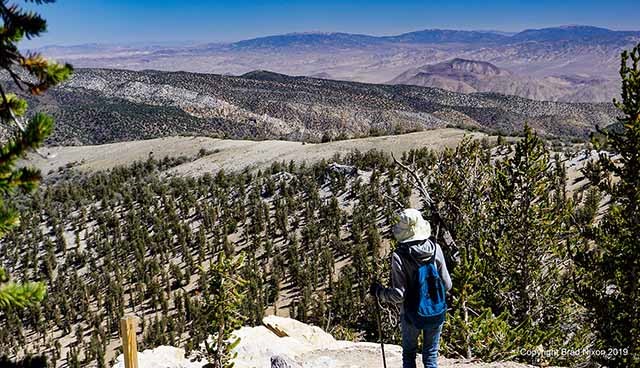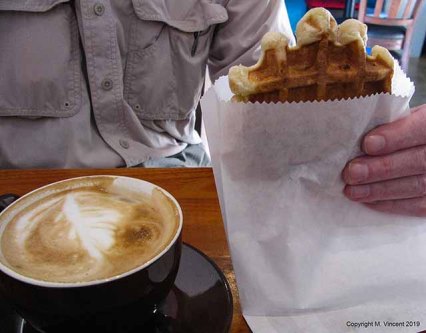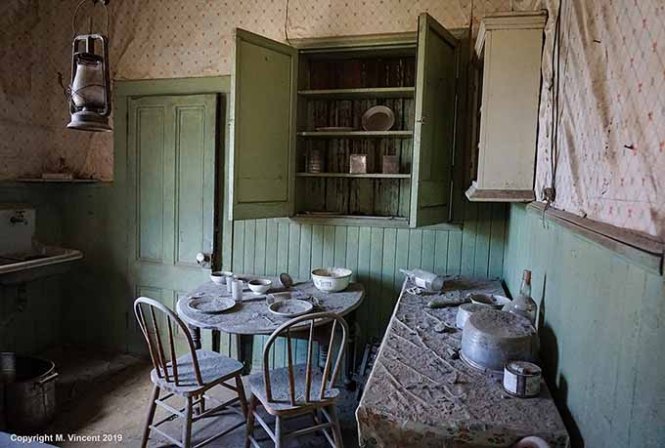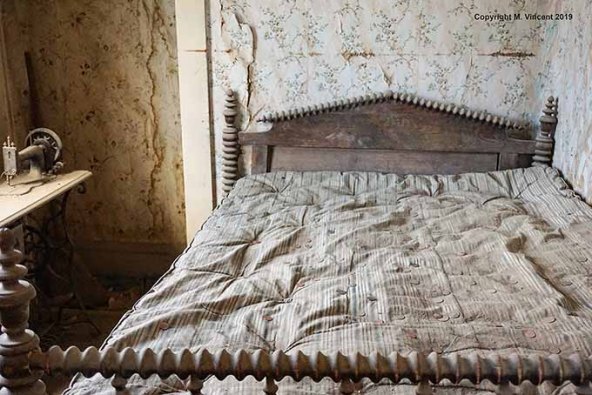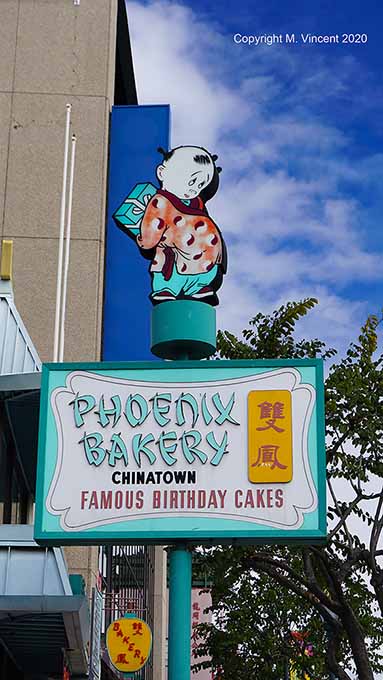
Famous for its fresh strawberry whipped-cream cake, the Phoenix Bakery has been serving traditional Chinese pastries and an increasing variety of other sweets since 1938. We visited this venerable Los Angeles institution during last year’s Lunar New Year festivities and found that it has a fascinating history.
Earlier, I wrote about the Firecracker 5K/10K Run, an annual Chinatown New Year’s event. In 2019, we were spectators, not runners, cheering the participants, enjoying the entertainment and exploring the area at walking pace. That’s how we finally made it into the bakery.
We spotted the distinctive sign (above), a horde of customers headed for the door, and a crowd already inside. It was obviously the place to be, and we joined the happy throng.
An Abundance of Cakes and Pastries
When we got inside, the small storefront was bustling, with virtually every table taken and a steady line at the counter. The cases were filled with a variety of sweets as diverse as the Los Angeles community — from Chinese almond cookies and winter melon cakes to French croissants, eclairs, tres leches cake and other international selections.
In his pastry painting phase, Wayne Thiebaud would have loved this place. Regrettably, there was too much hustle and bustle for my food photography that day, but I did manage to snap these clever Year of the Pig cupcakes:

The counter staff were friendly and patiently answered our questions as we investigated the offerings on display. Our mission was to try some traditional Chinese pastries, so we left the other sweets for another time. The pretty winter melon cake (on the left below) had a pleasing filling and inspired this “home studio” photo composition.

A Longstanding Family Enterprise
One of Chinatown’s few remaining original shops, the Phoenix Bakery celebrated its 80th anniversary in 2018. Chinese immigrants F.C. Chan and his wife, Wai Hing, founded the business in 1938 when the Central Plaza was just opening.
The Chan’s original idea was to create a community gathering place, producing traditional Chinese pastries and cookies not locally available at the time. Beginning with Chinese almond cookies, winter melon pastries and seasonal moon cakes, they branched into a variety of other, culture-spanning sweets.
In the 1940s, Mr. Chan’s brother joined the business and created its signature fresh strawberry whipped-cream cake. The cake gained a reputation, and in the 1970s, the company website notes, the bakery became famous throughout LA for making this “not so Chinese” cake.
After more than 80 years, the bakery is still owned and operated by the Chan family, with second and third generation family members in various roles. It continues to enjoy a loyal following, from generation to generation, and to be the traditional “go-to” place for that special cake for birthdays, weddings and other celebrations.

That Timeless Logo
There’s a story behind the Phoenix Bakery logo and mascot as well. Celebrated Chinese-American artist, Tyrus Wong, designed the charming, shyly smiling boy with the red-ribboned package behind his back.
A highly skilled and versatile artist Wong had a long and varied career. Perhaps best known for his role as lead production illustrator for Disney’s 1942 film, Bambi, he continued to work in a variety of media well into his 90s.
Happy Lunar New Year to all! May 4718 be a sweet year for you.
Copyright M. Vincent 2020. Photos copyright M. Vincent 2019–2020.
Bakery history sources: https://www.phoenixbakeryinc.com/ and 2018 LAist article by Liz Ohanesian on the 80th anniversary of the business.
The Phoenix Bakery is located at 969 N. Broadway, Los Angeles 90012, adjacent to Chinatown’s Central Plaza.



